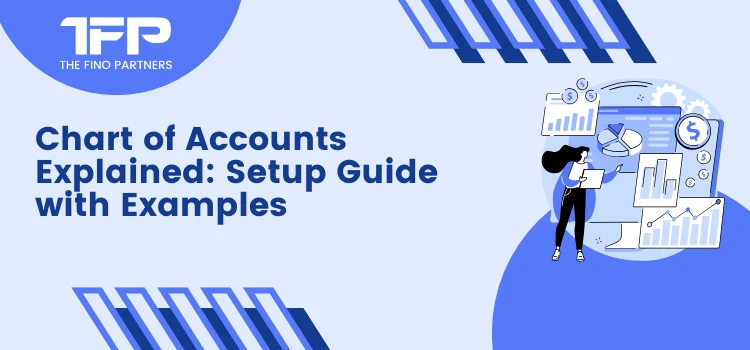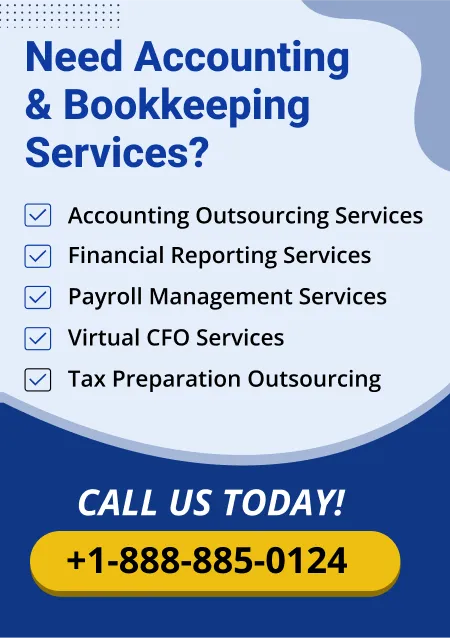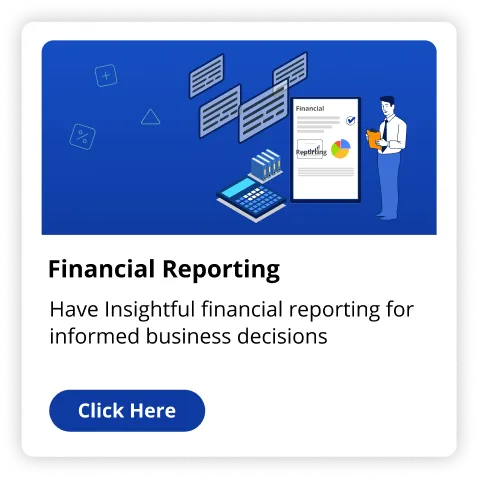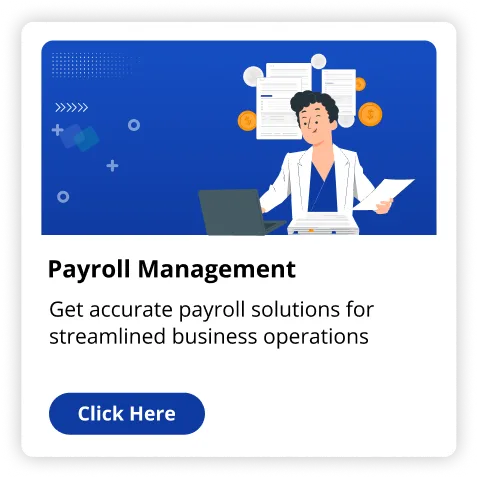Keeping a neat accounting system is essential for precision as well as effectiveness in firm management of finances. The Chart of Accounts (COA) is one of the basic elements of this system. In essence, the COA is a list for each financial account in the ledger of a business. It provides the business's transactions structure and categorization, ensuring that the records are right, complies with legal requirements, and is simple to comprehend. A lot of firms hire an accounting supervisor who oversees this configuration and makes sure it conforms with the specific financial and reporting requirements of the business in question. We'll describe what a chart of accounts is, how to set one up, and provide you with actual-life instances to help you grasp how it works in this article.
Getting to know the real deal: What is a Chart of Accounts?
A financial system tool that identifies each account in a business's general ledger is known as a chart of accounts. It provides an arrangement for documenting all business transactions, including revenue, costs, assets, and obligations. Businesses can generate insightful financial statements such as the cash flow, income, and balance sheets thanks to the COA. Employing an account supervisor to oversee the creation and upkeep of the COA is advised for companies of all sizes. A competent accounting supervisor will ensure that the COA reflects the unique operational requirements of the business along with adhering to fundamental accounting principles.
Why Chart of Accounts plays an intregal role for your business
Because it separates financial transactions into logical divisions, the Chart of Accounts is vital for any business. It guarantees that business dealings are properly documented and reported and permits an obvious distinction between various financial activities. For businesses that must provide comprehensive reports on finances to investors, stakeholders, or regulatory bodies, this well-organised system is particularly important. Additionally, the COA enables budgetary control, financial performance tracking, and discrepancy detection. Businesses that wish to grow can benefit greatly from employing an accounting supervisor to set up and supervise the COA. An automated COA can support new financial categories as the business grows and guarantee that it keeps up with evolving regulatory and reporting obligations.
Setting up Chart of Accounts
The scale and nature of the business determine how a chart of accounts is put up. This is a comprehensive guide:
-
Identifying the Account Types
Determining the groups that are going to be included is crucial before creating a Chart of Accounts. Generally speaking, these categories are separated into five main categories:
Assets: The things that the business owns, such as money, inventory, and accounts receivable. Liabilities: The amount due by the business, such as loans and accounts payable.
Equity: The value of ownership in the business, including retained earnings or common shares. -Revenue: Earnings from the business's activities, including interest or sales revenue.
Expenses: The costs that the business bears, like rent, utilities, and salaries.
-
Determine a System of Numbering
In order to set up accounts in the COA, a system of numbers is necessary. The majority of businesses use a numbering format where accounts within a category are assigned a specific range of numbers. For example:
1000-1999 for Assets
2000-2999 for Liabilities
3000-3999 for Equity
4000-4999 for Revenues
5000-5999 for Expenses
Finding specific accounts is made easier by this numbering scheme, especially as financial data becomes more complex.
-
Configure the COA for your business
Every business has distinct financial needs. Because of this, it's critical to adjust your Chart of Accounts properly. For example, a manufacturing business would call for separate accounts for finished goods, work-in-progress inventory, and raw materials. A service-based business, in the meantime, might be less concerned with overhead and labour costs. You may tailor your COA to your business's unique requirements with the help of an accounting supervisor, who will also make sure you're monitoring the right economic indicators for your sector.
-
Accounts Related to the Group
Improved planning and more precise financial reporting are made possible by grouping linked accounts. For instance, under the "Revenue" title, you may make sub-accounts for different revenue streams such as "Product Sales" and "Service Income." This grouping allows you to easily track and report on each revenue source separately.
-
Review the docs and adjust as required
The COA is a dynamic tool that ought to evolve as your company expands. Make sure your chart of accounts reflects your current business practices and complies with any updated accounting rules by checking it on a regular basis. You might need to add other accounts to the COA if your business releases novel products or joins new markets. An account manager can offer ongoing oversight, guaranteeing that your COA stays up-to-date and precise.
Example of a Chart of Accounts
Below is a simplified example of a Chart of Accounts:
|
Account Number |
Account Name |
Category |
|
1000 |
Cash |
Asset |
|
1010 |
Accounts Receivable |
Asset |
|
2000 |
Accounts Payable |
Liability |
|
3000 |
Common Stock |
Equity |
|
4000 |
Sales Revenue |
Revenue |
|
5000 |
Rent Expense |
Expense |
|
5010 |
Salary Expense |
Expense |
This is just a basic structure, and it can be expanded based on the size and complexity of your business.
The contending practices: Managing a Chart of Accounts
- Keep It Simple: refrain from making your COA too complicated. Don't introduce unnecessary categories; instead, use short, meaningful account names.
- Frequently Reassess: As the business expands, evaluate your COA from time to time to add fresh accounts or eliminate those that are no longer needed.
- Utilise Accounting Software: A Chart of Accounts may be set up and managed with ease utilising a majority of accounting software platforms. Error risk can be decreased via software that automates much of the reporting and categorization.
Conclusion
The foundation of the way your accounting system is the Chart of Accounts. It guarantees that your financial activities are appropriately classified, therefore facilitates report generation, financial health evaluation, and compliance to accounting standards. Hiring an accounting supervisor to look after your COA setup could ensure that it is done correctly, assisting your business in developing yet retaining control over its financial reporting, no matter how big or tiny it is. Fino Partners can be a great assistance for your business looking for an account supervisor to ensure a successful operation.
Read Also How to Set Up a Chart of Accounts for Your Small Business


























